The Overwatch League’s playoffs have come and gone. Teams are preparing for season two, negotiating deals to extend contracts or trade players. But more will change for the Overwatch League than just player swaps and new expansion cities. Blizzard hasn’t confirmed any changes incoming for the league’s second season, but there will likely be some iteration on the inaugural event.
The first season still has one event left before the whole thing is in the books—the All-Star Weekend scheduled later in August. After that, the league’s only got season two in its sights. Ahead of the All-Star Weekend, the Overwatch League has already announced two new expansion cities for the second season, Guangzhou, China and Atlanta, Georgia. The league is expected to add two to four more teams in the months leading into 2019.
Players from across the league have begun speaking out about changes they’d like to see, listing everything from long-sleeve jerseys to longer breaks between stages. But we’ve got some ideas, too. Here are the changes we’d like to see the Overwatch League implement for its second season.
Scheduling adjustments
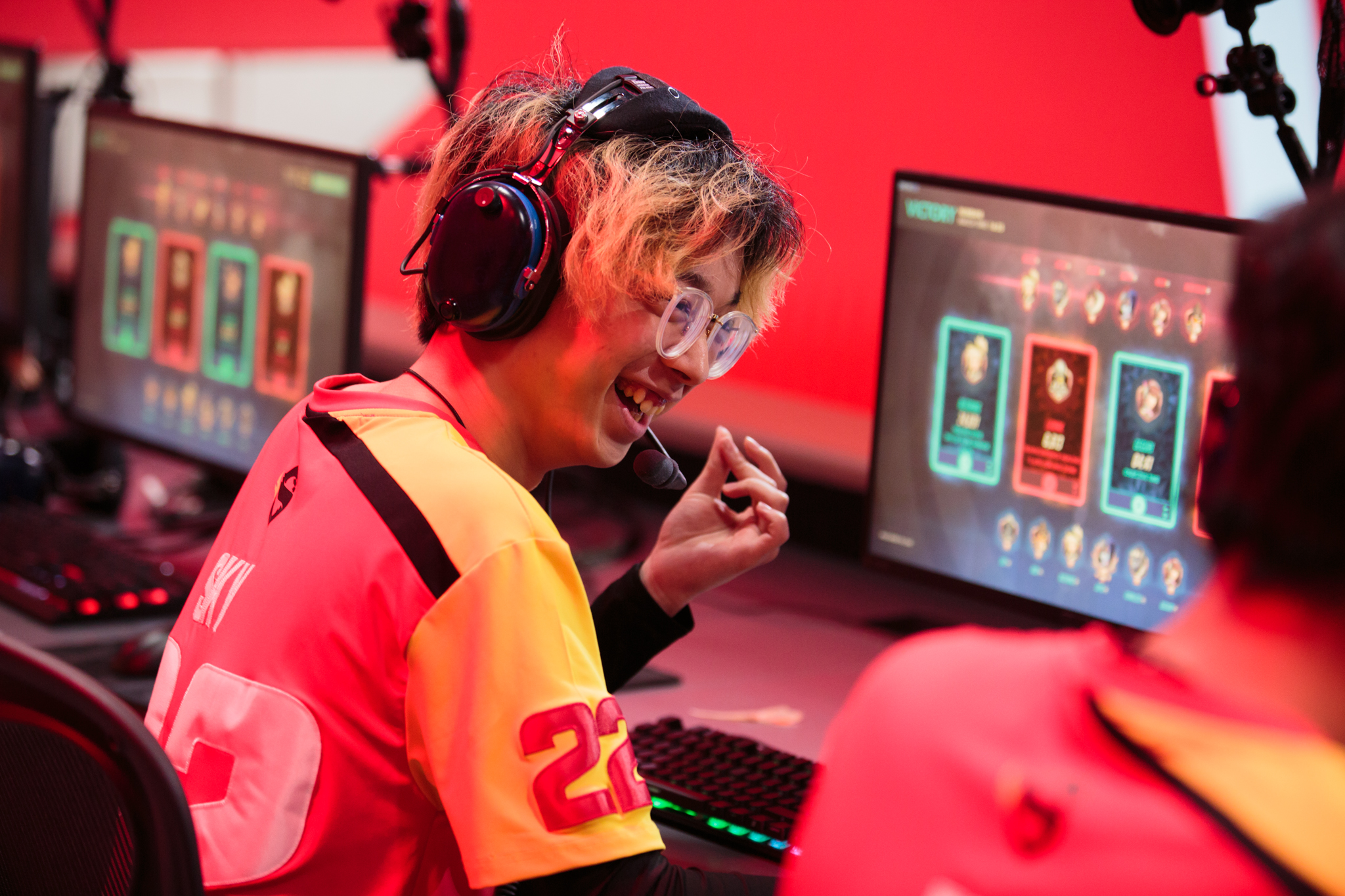
Scheduling for the first season is a point of contention for many in the Overwatch League. There’s a lot of content to watch—good for fans, but hard on the players. The 12 teams in Overwatch League’s first season played a total of four stages, not including the preseason, with five weeks in each stage. Matches were played four days a week on Wednesday, Thursday, Friday, and Saturday. Each team played two times a week, which isn’t awful on its own, but teams struggled when they had to play back-to-back matches.
Related: A blurred line between work and play could cause trouble for the Overwatch League
“Having two games a week is obviously not great,” Philadelphia Fusion coach Yan Luu told Dot Esports. “I don’t know if that’s going away, but obviously we’d rather have one team to prepare against instead of having a lot of variation and randomness associated there.”
One match per week would up the level of strategy in the Overwatch League, Fusion DPS player Simon “snillo” Ekström said. “Instead of focusing [purely] on your own game, teams could focus more on opponents, playing against that team specifically,” he said.
Gael “Poko” Gouzerch agreed: It’ll be good for fans, too. “Putting less matches [in each week] will be more entertaining to watch,” he said. “If you do only one match a week or one match for two weeks, people will be like, ‘Oh my god, my favorite team is playing. Let’s go watch them.’”
Fewer matches to prepare for means a less grueling schedule for the Overwatch League’s players, some of which appear to be suffering from burnout. Overwatch teams in the league haven’t quite figured out the right balance of work and play, and players have struggled to adapt to the schedule. A less demanding schedule would allow players a bit more downtime, the ability to have lives outside of Overwatch.
Uniform tweaks
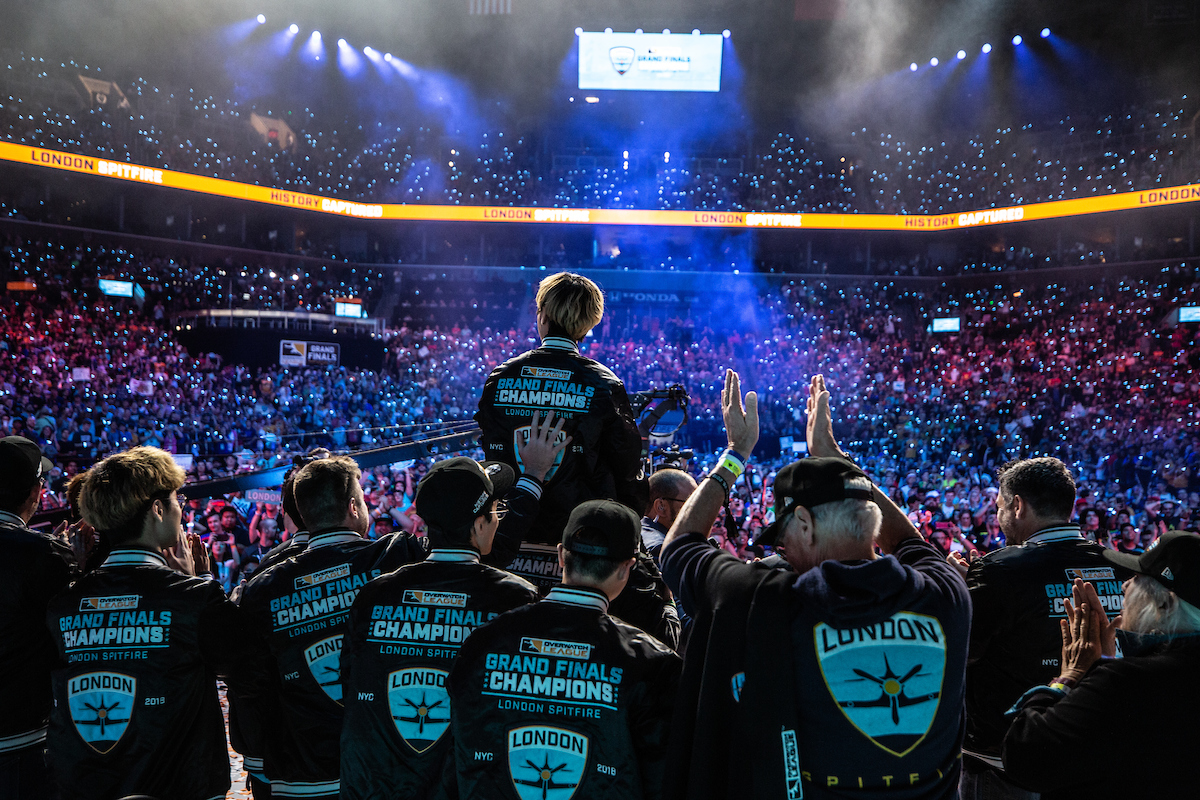
The Overwatch League jerseys aren’t bad—in fact, they’re better than jerseys in a lot of other esports leagues. But we’d like to see the Overwatch League drop the standardized template jersey for each team and allow each organization to work within a framework to create something more unique. The league will always have rules to keep things looking relatively uniform, but we want to see each team stand out a little more, to show off their unique sensibilities within their fashion choices.
Related: Esports sneakerheads: How the Overwatch League is bring street style to pro gaming
Some teams are already taking a streetwear influence and embedding it into the Overwatch League, and we’d like to see more of that. Bring that swagger on stage to team jerseys and training gear. Fans want cool gear, and certain Overwatch League teams have already shown that they’re progressive in that regard.
Esports and sports are similar in many ways, but jerseys aren’t one of them. Esports teams don’t require the same sort of athletic gear that, say, an NBA team needs. Jerseys don’t have to take inspiration from traditional sports in that way; teams can go more fashion or athleisure with their looks. Overwatch League teams need to push away from standard sports performance wear and get creative. No more polyester, mesh esports jerseys.
More transparency
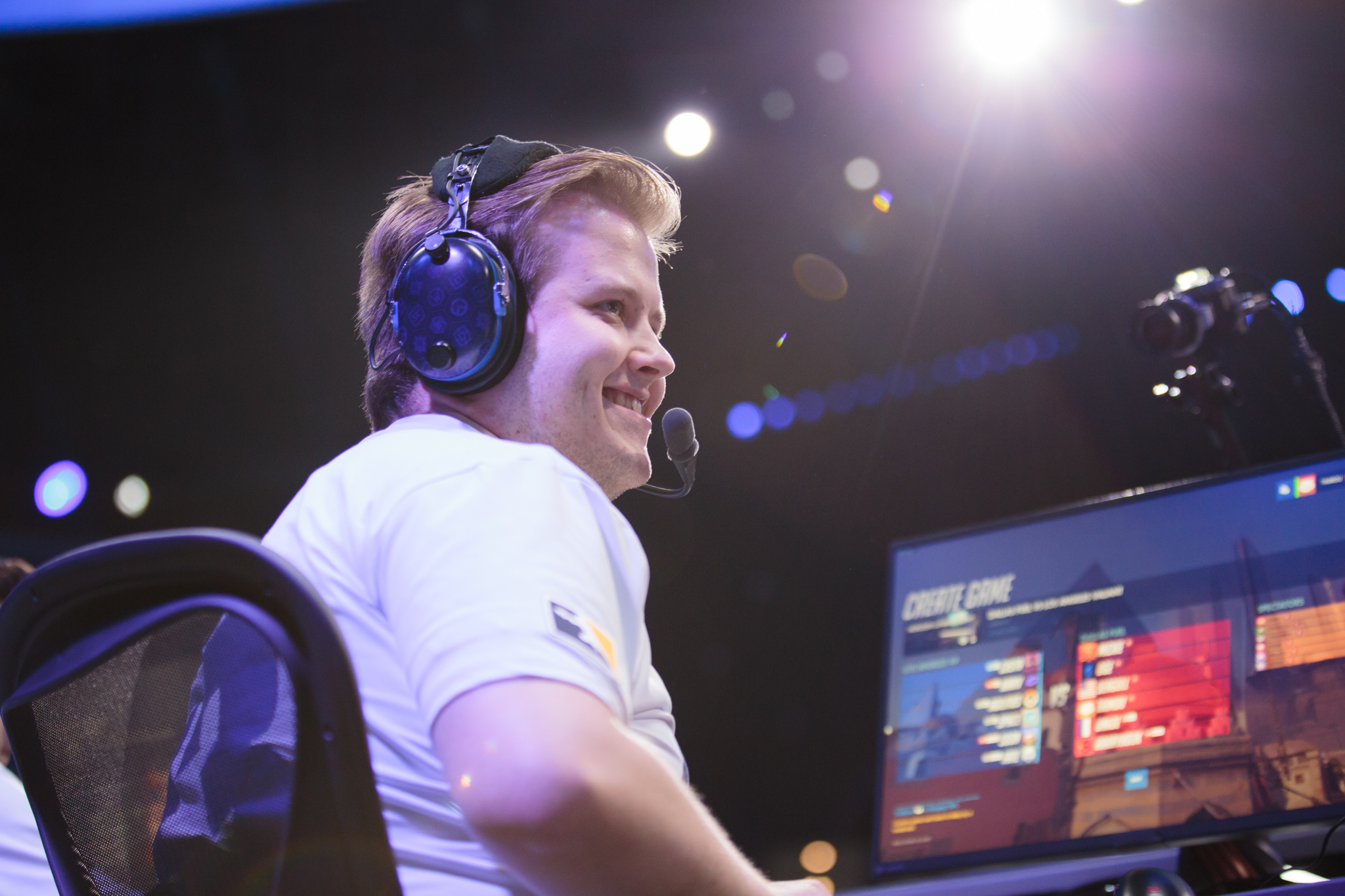
All-around transparency will be a good thing for the Overwatch League. Things aren’t bad right now, but there have been pivotal times in the season where players, teams, and fans have been confused about certain decisions, which led to misinformation.
Patch details are one area where a lot of this confusion fell. Changes to Overwatch will always be a part on the Overwatch League; that’s just how esports works. It’s one of the things that makes competitive gaming exciting. But the Overwatch League needs to find a way to standardize how patches are dealt with. Over the course of the season, fans were often confused about what patch the matches were playing on. That extended into Overwatch Contenders and the Open Division, where there was even less transparency regarding these decisions.
Player conduct has also been a consistent issue in the Overwatch League’s inaugural season. Blizzard did publish an overview of its Code of Conduct, but aside from a leaked early version of it, fans and media don’t have access to the document. Transparency there is only a plus. Accountability can have a positive impact on the league itself.
Season two is still months away, with no confirmed date just yet. The Overwatch League is likely still working out the details for the second season. Ahead of that, fans have the All-Star Weekend to look forward to, coming in late August at Blizzard Arena Los Angeles.



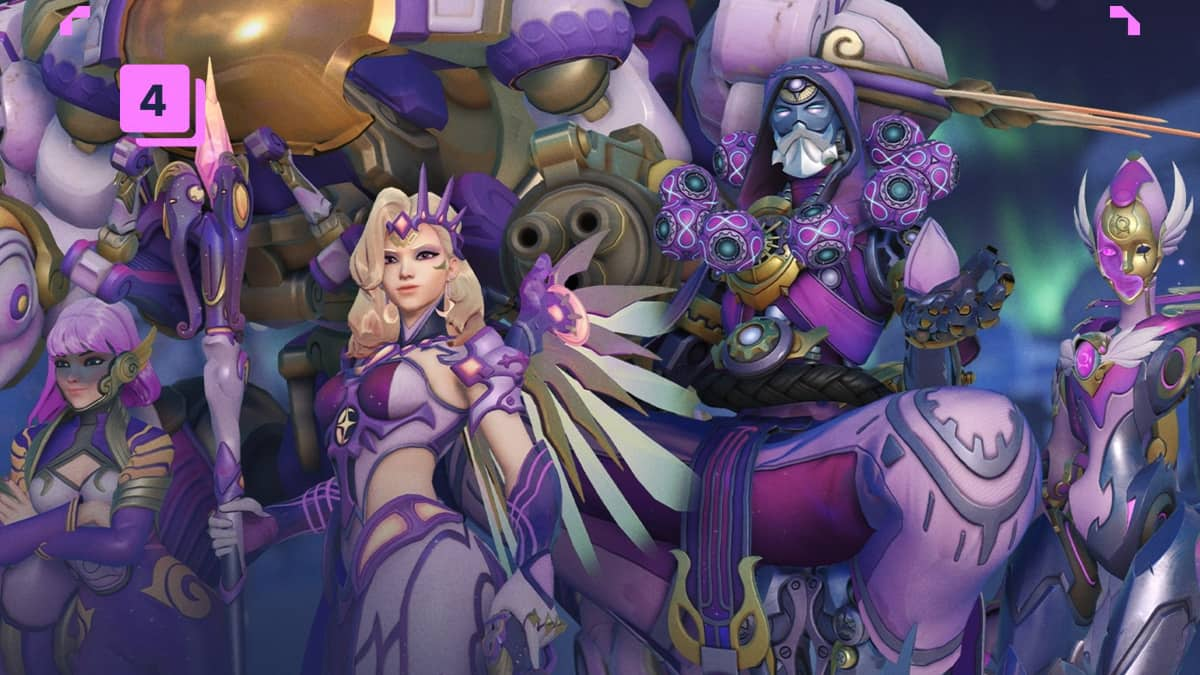
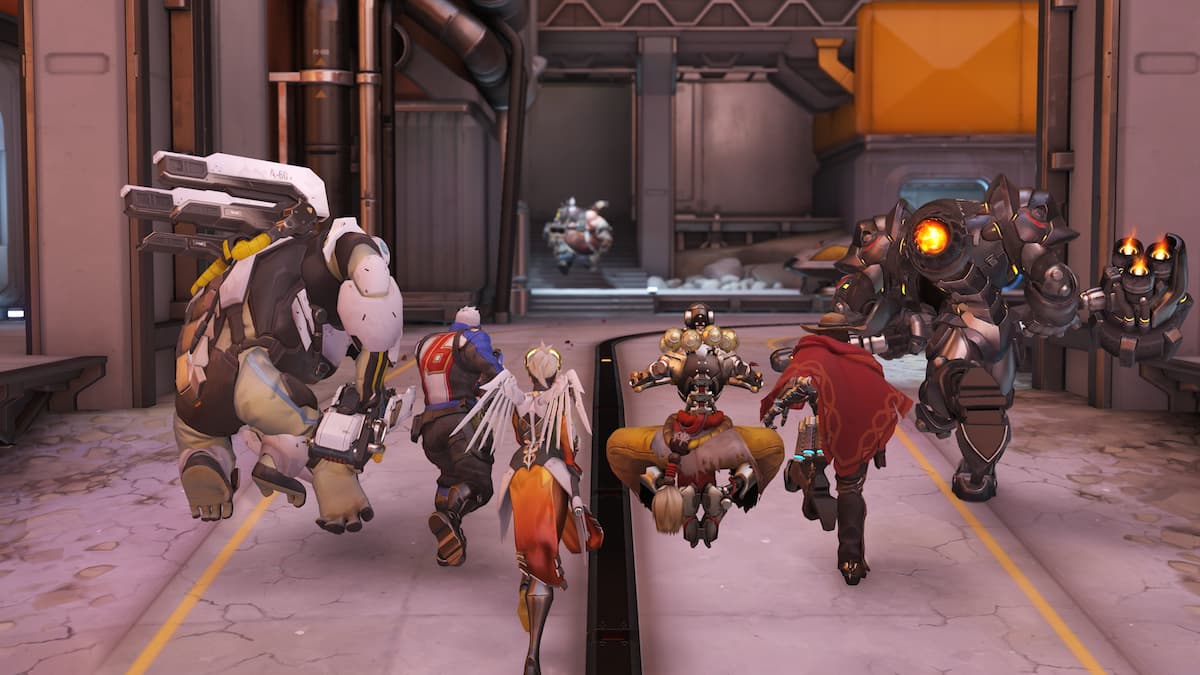
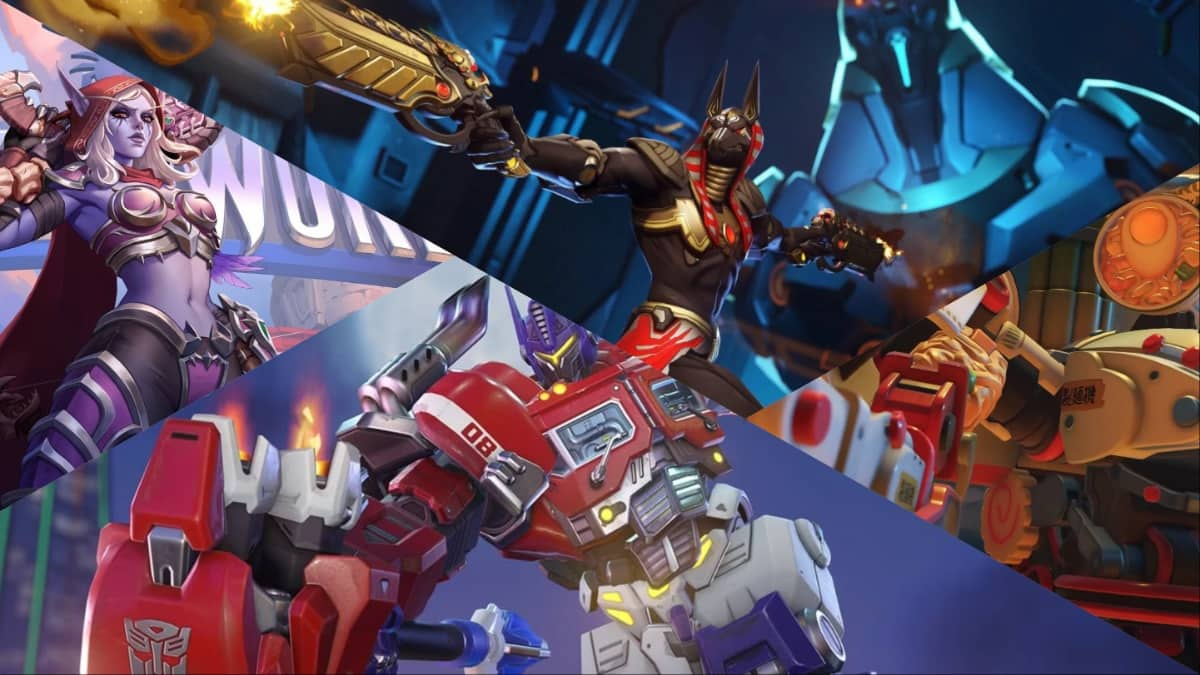
Published: Aug 3, 2018 09:30 am